Interest rates are near historic lows due to the COVID-19 pandemic’s economic impact, which has brought whole sectors of industry to a standstill. Economists and policymakers expect rates to remain low for the foreseeable future.
How can you take advantage of the possibility that interest rates will remain low for a long time to come?
For starters, low prevailing interest rates mean lower borrowing costs. That makes now the time to consider financing major purchases if you can afford the monthly payments and any other ongoing costs of ownership.
Low interest rates also heighten the appeal of refinancing existing debt — debt likely accrued when prevailing rates were higher. Refinancing a long-term loan when rates are low can substantially reduce the lifetime borrowing costs associated with that loan.
Low interest rates bring bad news with the good, of course. Yields on savings and cash management accounts inevitably fall when prevailing rates drop, reducing returns on parked funds. That tends to encourage riskier behavior by savers and investors seeking higher returns — though plenty of sound, lower-risk options remain in the present environment, like investing in fixed-rate, low-cost bond shares through Worthy Bonds or fine art through Masterworks.
There are plenty of other strategies you can use to take advantage and avoid the drawbacks of low interest rates. Let’s take a closer look at a few.
Refinance Existing Debt
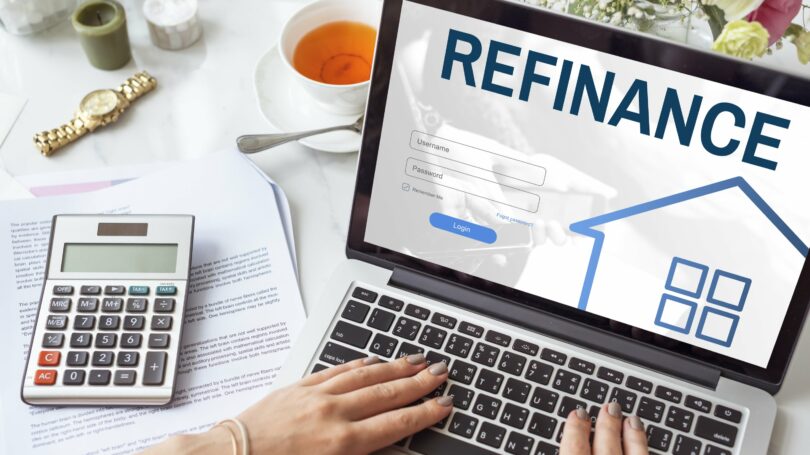
When interest rates are low, debt refinancing applications soar. That’s only logical, as lower interest rates mean less total interest paid over the life of a loan (assuming all other factors remain constant).
Three of the most common refinancing candidates also happen to be three of the most substantial loans the typical consumer carries: mortgage, auto, and student loans.
- Refinance Your Mortgage. The bigger the loan, the bigger the savings. Refinancing $150,000 in mortgage principal at 7% annual percentage rate (APR) and 20 years left on the term to a $150,000 loan at 4% APR and a 20-year term (if available) saves over $50,000 in interest alone. That doesn’t account for closing costs, which can exceed 5% of the refinanced amount, though they often come in lower than that. Still, if you have more than five years left on your mortgage and your current rate is at least two percentage points higher than your probable refinance rate, you can probably make money on the deal. If refinancing makes sense for you, companies like Credible will help minimize the stress of shopping around. They’ll provide you with rates from multiple lenders in just minutes.
- Refinance Your Car Loan. The same logic applies here. Though the amount saved on the typical auto refinance loan is far lower than on a mortgage refinance loan, closing costs are also much lower. It’s certainly worth pursuing, especially if your credit has markedly improved since you bought your car or you used dealer financing (which tends to be more expensive than bank or credit union financing).
- Refinance Your Student Loans. When it comes to refinancing student loans, it’s a trickier proposition, as borrowers who do so forfeit potentially valuable benefits like 10-year loan forgiveness for qualifying public servants. If you’re willing to make that compromise in exchange for a lower monthly payment, go for it. Credible is currently offering up to a $750 bonus when you refinance your student loans through them.
Begin or Accelerate Your Home Search

Searching for a home amid the worst economic crisis since the Great Depression is easier said than done. If your financial position has already deteriorated as a result of the pandemic or you feel markedly less secure in your livelihood than before, you’re well within your rights to put off home-shopping until the outlook improves.
On the other hand, if you’re confident enough to proceed with what could be the biggest purchase of your life, the current low-rate environment justifies doing so with gusto. Like rates on refinance loans, purchase loan rates are at or near multiyear lows. And relatively small rate changes have massive impacts on borrowing costs. Dropping the rate on a $200,000 purchase loan with a 30-year fixed rate from 5% to 4% saves nearly $43,000 in interest over the life of the loan and reduces the monthly payment by about $120, north of 10%.
With rates this low, don’t bother playing games with adjustable-rate loan options. You’ll lock in a super-low rate for a few years, but if benchmarks increase in the interim, your rate will spike once the fixed-rate phase ends.
Shop for a New or Used Car

If your current vehicle is on the older side, it could be time to buy a new or used car. Because they’re secured by the value of the car, auto loans always carry relatively low interest rates — certainly in relation to unsecured credit products like credit cards and personal loans.
In the current low-rate environment, auto loans from myAutoloan are in the bargain bin, with regular APRs well below 3% for well-qualified buyers. Sweetening the pot further is the fact that car dealers and manufacturers are desperate to make sales amid cratering demand and social distancing measures that have severely disrupted the in-person buying experience. Now could be one of the rare times when opting for a dealer sale is a better bet than a private-party transaction.
Transfer Your Credit Card Balances

High-interest credit card debt is a massive drain on one’s budget in the best of times. During periods of economic hardship, it’s one layoff or drop in income away from interfering with our capacity to pay rent or put food on the table.
If your credit is in decent shape, you could qualify for a low- or no-interest balance-transfer promotion to help you get ahead of your credit card balance payments. Although economic downturns make credit card issuers choosier about who they approve for new cards, they rarely turn off the balance-transfer tap entirely. In part, that’s because most balance transfers carry a fee (typically 3% to 5% of the transferred amount), and many cardholders fail to pay off transferred balances before promotions end, leaving them liable for accrued interest.
In other words, even 0% APR balance-transfer promotions are profitable for credit card companies — when cardholders allow them to be.
Don’t allow yours to be. Learn how to use balance-transfer credit cards responsibly, then choose a balance-transfer card with a long 0% APR promotion. The Citi Double Cash card is a favorite thanks to its 18-month 0% APR promotion and 2% cash back on purchases paid in full and on time.
Optimize Your Savings
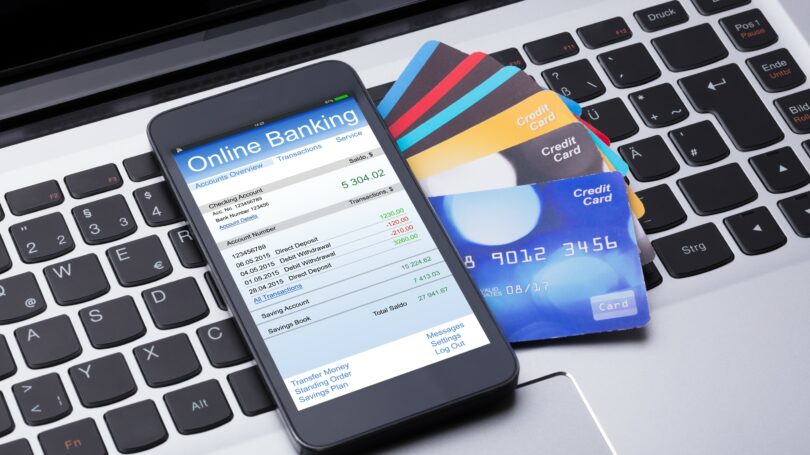
Opening a new online savings account takes 10 minutes or less and doesn’t affect your credit. If your current savings account isn’t cutting it on the interest front, there’s no reason to put it off any longer.
Review our list of the best high-yield savings accounts to find an online bank that suits your needs. If you can afford to park your money for a year or longer, consider a high-yield CD as well. Just know that, unlike savings accounts, CDs generally don’t permit penalty-free early withdrawals — so you’re stuck for the full term unless you’re OK with forfeiting a big chunk of your earned interest.
Look for Alternatives to Savings Accounts
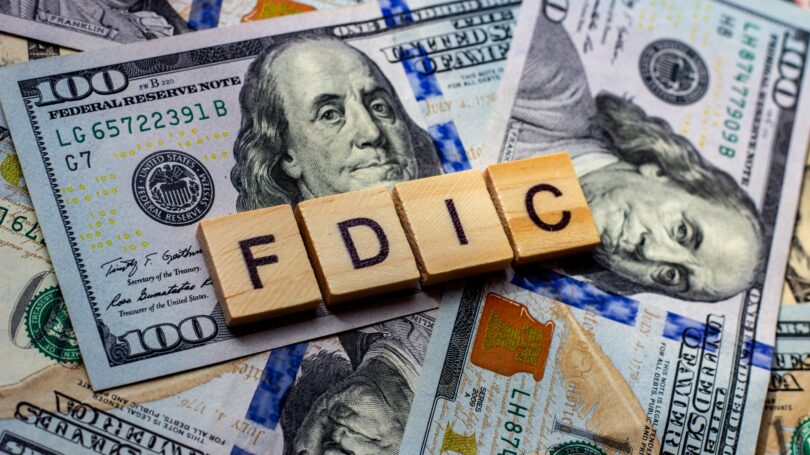
Deposit accounts held with bank members of the Federal Deposit Insurance Corporation (FDIC) are about as safe as it gets. To date, no FDIC-insured depositor has lost funds under the FDIC’s insurance limit (which has been $250,000 per customer per bank for more than a decade).
Fixed-rate accounts and instruments not held with FDIC-member institutions aren’t covered by the FDIC’s guarantee, which means they’re intrinsically riskier than bank savings accounts. But they tend to offer much higher rates of return than savings accounts. The contrast only heightens in low-rate environments.
Two alternatives worth investigating are fixed-income bonds and peer-to-peer (P2P) lending. On the bond side, Worthy Bonds is a solid option thanks to its ultra-low minimum investment ($10) and nice rate of return (5%). On the P2P lending side, Prosper and LendingClub have both been in business for many years and offered strong (if not entirely consistent) returns over time.
Consolidate High-Interest Debt With a HELOC or Personal Loan
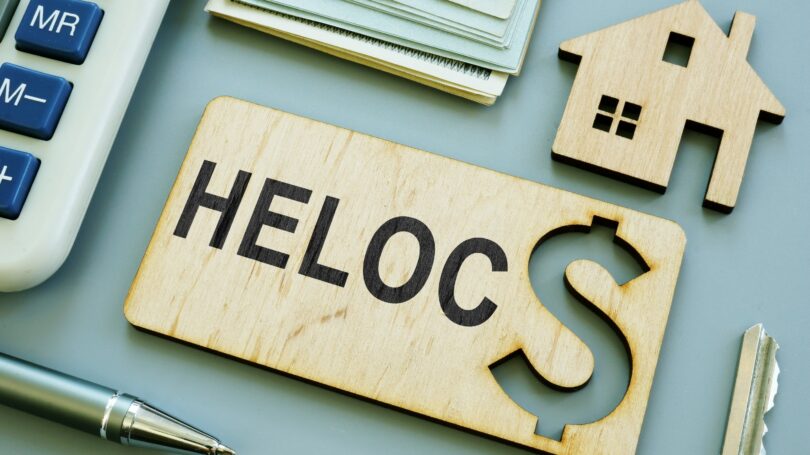
Low interest rates reduce the cost of debt consolidation, which is itself intended to reduce the cost of carrying high-interest balances.
If your credit card balances are too high or numerous to transfer to a new card with a low- or no-interest balance-transfer promotion or you don’t qualify for such a card, you have two options: a home equity line of credit (HELOC) from Figure.com or a personal loan for debt consolidation.
If you’re a qualifying homeowner, a HELOC is the best way to go. Because your HELOC is secured by the equity in your home, it’s less risky for the lender. That translates to a lower interest rate for the borrower — as low as 3% to 4% for well-qualified borrowers. The catch is that most lenders require HELOC applicants to have at least 15% equity and sometimes significantly more. That bar is too high for many new homeowners and those who’ve recently refinanced.
If you don’t qualify for a home equity loan or don’t own a home, a lower-interest unsecured personal loan is your next best bet. Personal loan rates tend to fall along with benchmark interest rates. But because they’re unsecured, their rates bottom out well above the typical HELOC range — around 6% or 7% for the best-qualified borrowers, and upwards of 10% for borrowers with less-than-perfect credit or high debt-to-income ratios. Still, 10% or 12% is better than 15% to 25%, where most credit card APRs fall.
Invest in Home Improvement Projects
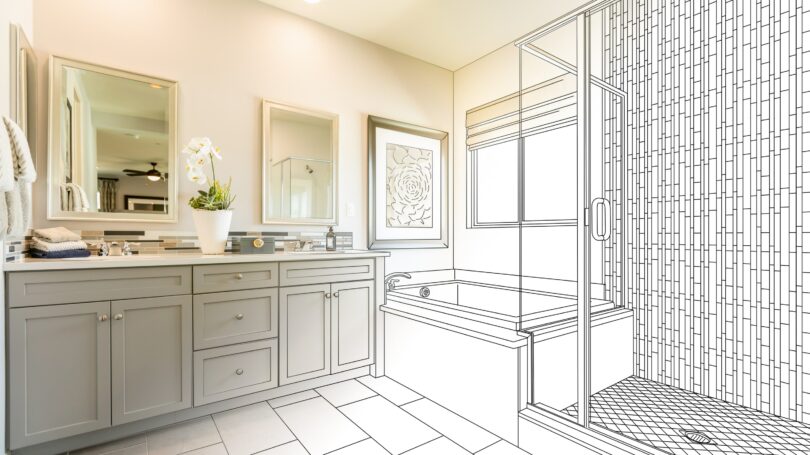
Many home improvement projects decrease resale value. Avoid those at all costs.
But some home improvement projects and energy-efficient upgrades pay for themselves or at least partially offset their cost by reducing ownership costs or increasing resale value. If you can’t cover the upfront cost of such a project (or multiple projects) out of pocket, take advantage of low interest rates to secure cheap financing you can pay back over several years.
The ideal home improvement financing option is a home equity line of credit. To fully cover the cost of a major home improvement project, such as a kitchen remodel or bathroom addition, you need significantly more than the 15% equity minimum imposed by most lenders. The exact amount depends on the appraised value of your home: A 10% increase in equity is worth $25,000 on a $250,000 house and $50,000 on a $500,000 house.
Absent sufficient equity, consider a personal loan for home improvement instead. Just expect a higher monthly payment, as personal loans tend to have higher interest rates and shorter terms than HELOCs.
Stop Paying Extra Principal Toward Low-Interest Loan Balances
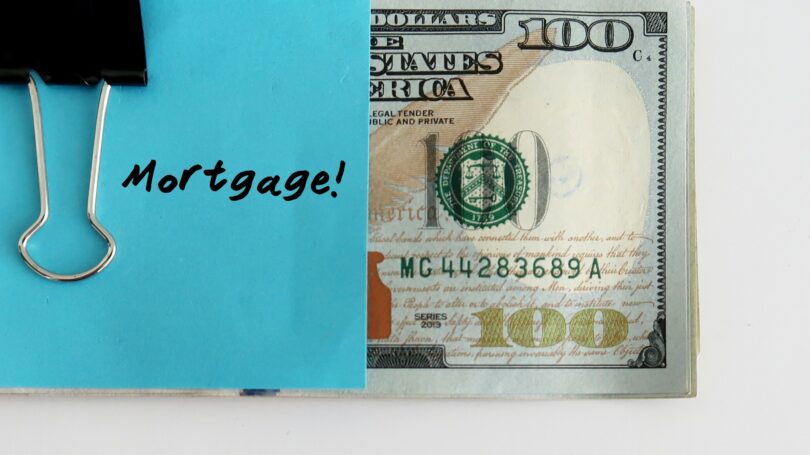
I recently stopped putting an extra $100 per month toward my mortgage’s principal balance. Not because I could no longer afford to do so, though the extra cash was certainly welcome with a new kid in the mix. But I crunched the numbers and found I’d probably earn more over the roughly 25 years remaining on the mortgage by investing that monthly $100 in a diversified equities portfolio than I’d save in total interest paid on a 4% APR home loan.
If you’re not vehemently opposed to debt, don’t wait years to do what I did. The same logic applies to any loan with a relatively low interest rate — probably under 5% and perhaps up to 7% or 8%, depending on your opinion of the true long-term return on invested capital (which is open to debate). Historically, funds invested in the stock market return about 10% over time spans longer than a decade. But this rate is reduced by inflation and depends on other factors, such as market timing.
Final Word
Interest rates are near historic lows due to worsening economic fallout from the COVID-19 pandemic. They’re unlikely to appreciably rise until there’s an effective vaccine or treatment for the virus that causes COVID-19 and business and consumer confidence levels approximate prepandemic readings.
It could be years before both those things occur. Interest rates remained low for years after the global financial crisis of the late 2000s, even as the broader economy regained its health. And it’s already clear that the economic impact of the pandemic is far worse — in the short term, at least — than that of the Great Recession.
That’s unqualified bad news for workers, business owners, and most retail investors, especially those nearing retirement. The silver lining is that the benefits of low interest rates could be with us for a long time. That’s not to say you should put off taking advantage until it’s too late — only that you might have the luxury of moving deliberately in each project you choose to take on.
How are you taking advantage of low interest rates? What steps are you taking to avoid fallout from the same?